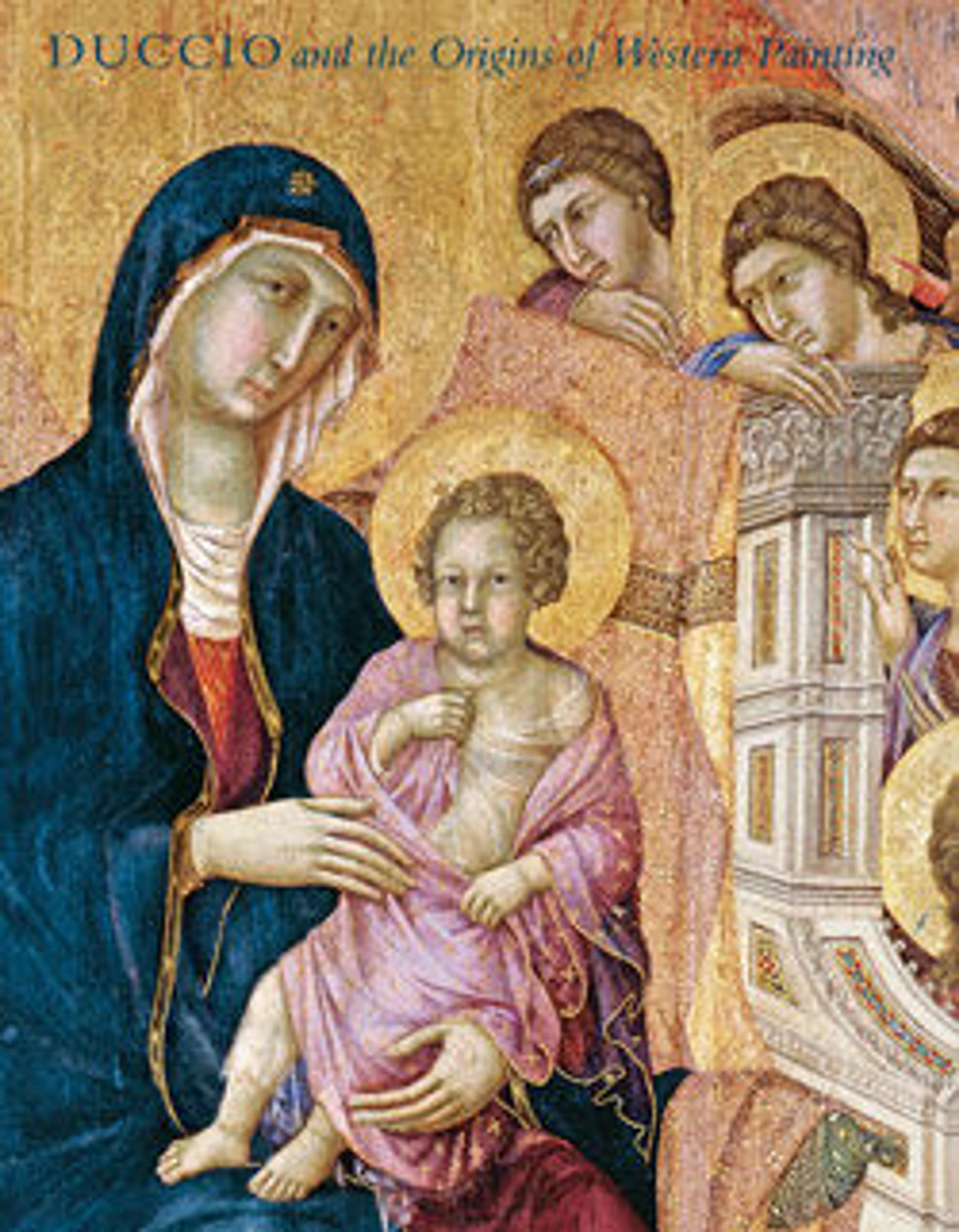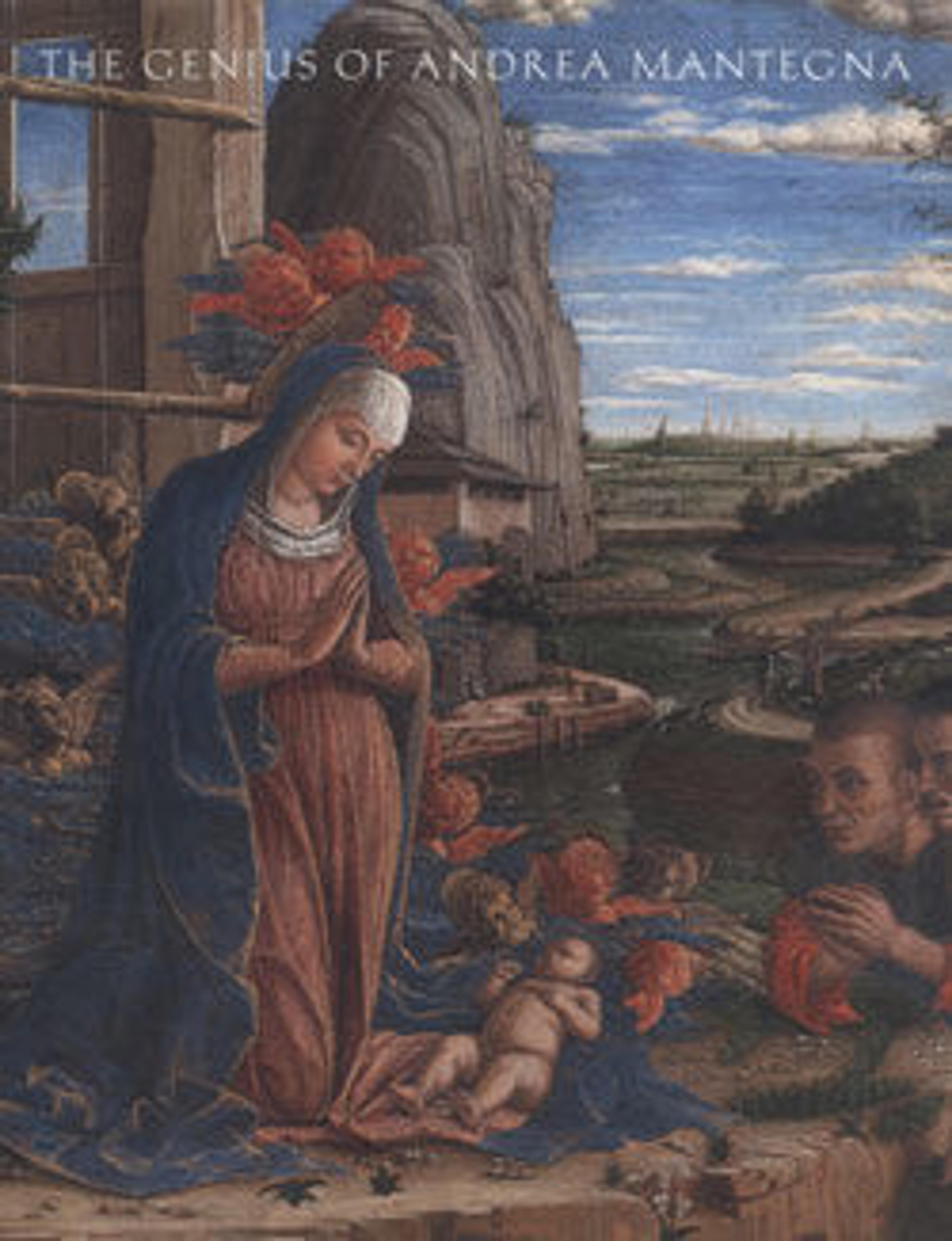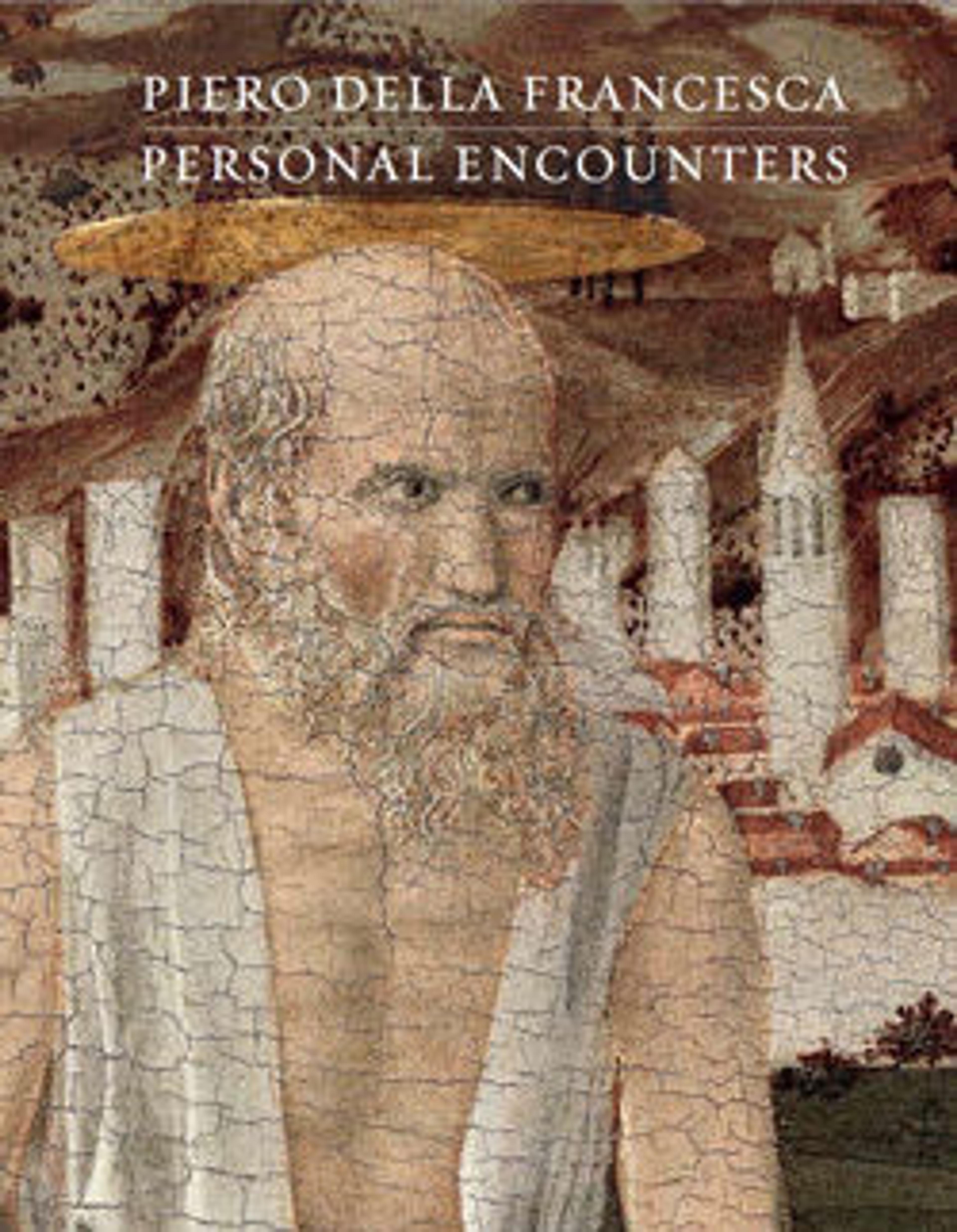
Duccio and the Origins of Western Painting
[adapted from The Metropolitan Museum of Art Bulletin, v. 66, no. 1 (Summer, 2008)]
In 2004 the Metropolitan Museum acquired an extremely rare and beautiful Madonna and Child by the great painter Duccio di Buoninsegna. Duccio, who died in 1318, has long been recognized as the father of Sienese painting, and he fostered a new generation of talented and innovative painters. In art history textbooks, however, his considerable contribution to European painting is often overshadowed by the work of his contemporary Giotto. Christiansen examines the fascinating connection between Giotto and Duccio, which he likens to Michelangelo's relationship with Raphael, or Picasso's with Matisse, and explains the particular qualities that make Duccio such an essential artist.
Met Art in Publication
You May Also Like
Press the down key to skip to the last item.
Citation
———. 2008. Duccio and the Origins of Western Painting. New York : New Haven: Metropolitan Museum of Art ; Yale University Press.




